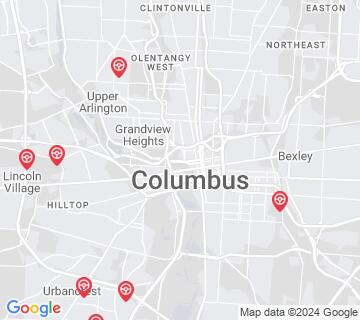2025 Wisconsin Motorcycle Permit Test 15
The following questions are from real DMV written motorcycle permit tests. These are some of the actual permit questions you will face in Wisconsin when getting your motorcycle learners permit. Each motorcycle theory practice test question has three answer choices. Select one answer for each question and select "grade this section." You can find this button at the bottom of the drivers license quiz. For a complete list of questions and answers for Wisconsin please visit https://cheat-sheets.dmv-written-test.com/en/wisconsin/motorcycle.
Number of Tests
Number of Question
Passing Score
33. Which of the following is not a benefit of riding in a close group?
Explanation
Riding in close ranks is recommended over riding in a group that is spread out because the group will take up less space on the road, be easier for others to see, and be less likely to get separated at traffic lights and during passes.
34. If your motorcycle begins to wobble, you should:
Explanation
Trying to accelerate out of a wobble will only increase the problem. Instead, grip the handlebars firmly, slow down while gradually closing the throttle, move your weight as far forward and downward as you can, and pull off the road as soon as you can. Once off the road, you should address the problem causing the wobble.
35. How do convex mirrors differ from regular mirrors?
Explanation
Convex mirrors are installed on many motorcycles. Compared to flat mirrors, convex mirrors provide a wider view of the road. However, convex mirrors can also make approaching vehicles seem farther away than they actually are.
36. To lessen your chances of being involved in an accident, you should:
Explanation
To reduce the risk of being involved in a crash, ensure that you are visible to others on the road. Communicate your intentions through your turn signals, brake light, and lane position. Maintain an adequate space cushion, scan your path of travel 12 seconds ahead of your vehicle, and be prepared to act if any hazards arise.
37. Braking in a turn is:
Explanation
Braking in a turn is not as easy as braking on a straightaway. It is possible to use both brakes to brake in a turn, but the operator must know the proper technique and exercise great care.
38. When riding with a group of motorcyclists, a staggered formation:
Explanation
While riding in a staggered formation is generally advisable, a group of motorcyclists should switch to a single-file formation when riding in curves, turning, and entering or leaving a highway.
39. On a motorcycle, a horn:
Explanation
Your horn can be a useful tool if you need to get someone's attention quickly. However, because a motorcycle's horn is not as loud as a car's, other drivers may not notice that you are sounding your horn. You should never rely only on your horn to deal with a hazard.
40. You have an improved chance of avoiding serious injury in a crash if you wear all of the following, except:
Explanation


